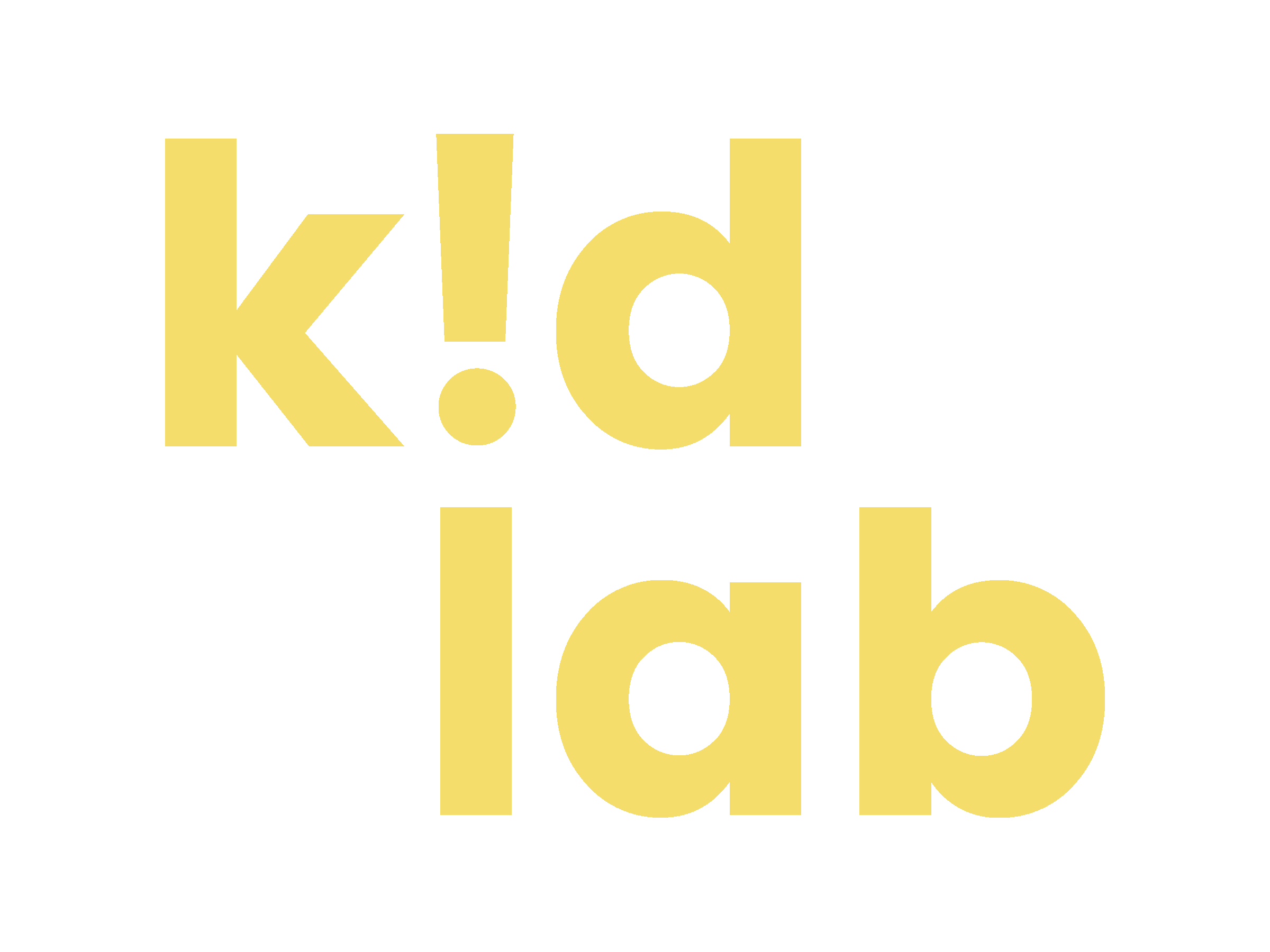What’s a Map?
+
Mapping Home project
Learning Extension Ideas
Preschool (ages 2-4)
Go on a walk around your house. Talk about every room as you’re in it, noting furniture, functions, etc. Ask your child to describe where things are. Under, over, inside, next to, down there, etc.
Purchase Dollhouse furniture to:
Create a mini replica of your own home. Play reverse hide-n-seek. Hide something in a room of your house, then place a small item (like a pompom or coin) somewhere in your dollhouse in the corresponding place. Show your child the dollhouse treasure, then ask them to go retrieve it in the designated room.
Stage scenes of common family activities - setting dinner on the table, going to bed, etc. Ask your child to recreate using the furniture, blocks or dolls.
Design a house together - note the differences between what you created and your own home.
Go on a walk in your neighborhood, making note of where neighbors live in relation to your own house.
House connect-the-dots activity page
Home / city map play dough mats
Elementary (ages 5-10)
SCIENCE
In the video, Shannon mentioned a couple of kinds of maps: climate, topographical, road map, etc Can you think of others?
Go on a walk this week and try to map your street. Have fun with it - create some unique symbols to tell the story of your neighborhood (neighbor with a blind cat, the house with the crooked fence, overgrown rosebush with prickly thorns, etc).
How are maps like stories? How are they similar? Different?
TECHNOLOGY + ENGINEERING
GPS (or a global positioning system) helps us pinpoint exactly where we are at any given time. This kind of technology is possible because of satellites orbiting the earth that send back data. With the help of a parent, use Google Maps or Google Earth to look up your address.
Architectural drawings (or ‘maps’ as Shannon called them in the video lesson) are vital to communicating a design to contractors to build and help bring it to life. Using white or graph paper, design your dream home. Does it have a rooftop garden? A horse stable in the back? A slip n’ slide in the living room? You decide! For an added challenge, create a 3D model of it using materials you have around the house.
MATH
Choose one room of your house to draw. Draw the basics of the room (walls and main furniture). Using a tape measure, measure and take note of the room’s length, width and other notable features of the room. For an added challenge, create a scale to help you create a more accurate map this time. For a simple scale, you might try 1 foot = 1 inch.

